TL;DR
As data breaches and cyber threats continue to rise, implementing robust data loss prevention (DLP) strategies is more crucial than ever. However, organizations still have many unanswered data loss prevention questions about in 2024.
This comprehensive guide explores key questions—from effectiveness to tools and metrics—to help security leaders craft airtight DLP programs. Mastering DLP now is vital for securing sensitive data against emerging threats.
TL;DR: With data breaches surging, organizations must prioritize DLP to safeguard intellectual property, customer data, and other critical assets. To enable effective implementation, we answer the most pressing DLP questions security teams have in 2024 - from ROI measurement to AI integration. Robust DLP is essential for resilience; this guide provides actionable insights for security leaders to build comprehensive strategies.

Data Loss Prevention in 2024: Your Top Questions Answered
In our hyperconnected world, data is exponentially valuable - and vulnerable. As organizations accelerate digital transformation, sensitive information flows faster across more environments. This amplifies the risk of catastrophic data breaches that can cripple operations.
According to IBM's 2022 Cost of a Data Breach Report, the global average breach cost has risen to a staggering $4.35 million. Breaches also corrode customer trust; 67% of consumers say they would switch providers post-breach.
With threats mounting, resilient data loss prevention (DLP) strategies are imperative. But even experienced security teams have unresolved questions around DLP as we enter 2024. This guide tackles the most frequent and pressing DLP questions head-on. Read on to gain clarity that enables strategic DLP planning and success.
Key Questions Answered: Assessing DLP Effectiveness and ROI
Data Loss Prevention Questions: How do you accurately measure DLP program effectiveness?
Pinpointing DLP return on investment (ROI) requires a multilayered approach assessing both quantitative metrics and qualitative impacts.
On the quantitative side, track metrics like policy violation rate, data exfiltration prevention rate, and mean time to detect potential data breaches. Compare incident rates before and after DLP implementation. Calculate the hard-dollar ROI based on breach costs avoided thanks to DLP controls catching threats early.
Qualitative measures are equally key. Survey end users to gauge awareness of DLP policies and sentiments around data security. Assess employee conformance with data handling best practices through audits. Measure the depth of DLP visibility and coverage across the data environment. Evaluating both quantitative outputs and qualitative outcomes provides a comprehensive view of program effectiveness.
Key Questions Answered: What are the most important DLP success metrics to track?
Critical DLP metrics to monitor include:
- Policy violation rate
- False positive rate
- Data exfiltration prevention rate
- Mean time to detect potential data breaches
- Percentage of sensitive data covered by DLP controls
- End user policy awareness and conformance
Tracking these metrics provides data-driven insights to refine policies, strengthen controls, boost user training, and demonstrate DLP value.
Data Loss Prevention Questions: How can you prove DLP's ROI to the C-suite?
Getting executive buy-in for DLP investment requires financial justification. Make the ROI case by:
- Calculating the potential cost of data breaches DLP has helped prevent based on industry averages.
- Comparing incident rates before and after DLP implementation.
- Estimating brand damage mitigation value based on past breach impact assessments.
- Modeling expected compliance violation fines avoided thanks to DLP controls.
This risk analysis-driven approach makes a compelling, dollars-and-cents argument for DLP's ROI in safeguarding the organization.
Key Questions Answered: Optimizing DLP Policies and Rules
Data Loss Prevention Questions: How often should you review and update DLP policies?
DLP policies need consistent maintenance to account for new use cases, regulations, and data flows. Conduct thorough DLP policy reviews each quarter. More frequent lightweight reviews are also beneficial to spot any glaring gaps.
Updating policies ensures your DLP controls continue detecting emerging threats while minimizing disruptive false positives. Policy flexibility is key for long-term DLP success.
H3: What techniques allow accurate, sensitive data classification?
Robust data classification is the foundation for effective DLP policies and rules. Strategies for accurate classification include:
- Automated scanning to fingerprint data and discern patterns.
- AI-powered contextual analysis to detect sensitive info.
- Testing data against existing compliance schema like PCI and HIPAA.
- Manual audits by data owners who understand the sensitivity.
- Employee surveys identify areas perceived as high-risk.
Combining these techniques provides multidimensional visibility to classify data with precision. This strengthens risk-appropriate DLP rule development.
Data Loss Prevention Questions: How can you reduce false positives from DLP rules?
Too many false positives create alert fatigue, waste resources, and undermine DLP efficacy. Ways to improve rule accuracy include:
- Regularly reviewing alerts to identify rule gaps.
- Fine-tuning rules to better detect legitimate violations.
- Ensuring rules account for all permissible data uses.
- Using exclusion rules and exceptions to avoid incorrect flagging.
- Sampling production data during rule testing.
Proactively optimizing rules through data-driven analysis is key to maximizing value from DLP deployments.

Data Loss Prevention Questions: How Strac Can Help:
Strac's comprehensive SaaS/Cloud DLP and Endpoint DLP solution is designed to address key questions and challenges in modern data loss prevention. Our platform offers built-in and custom detectors supporting all sensitive data elements for PCI, HIPAA, GDPR, and any confidential data, answering questions about diverse data protection needs. Strac uniquely provides image detection and redaction capabilities and deep content inspection for various document formats. Explore Strac's full catalog of sensitive data elements to see how it addresses common DLP questions.
For organizations questioning compliance readiness, Strac DLP helps achieve standards for PCI, SOC 2, HIPAA, ISO-27001, CCPA, GDPR, and NIST frameworks. With easy integration, customers can implement Strac and see live scanning and redaction on their SaaS apps in under 10 minutes, quickly addressing questions about deployment speed.
Strac's machine learning models ensure accurate detection and redaction of sensitive PII, PHI, PCI, and confidential data, answering questions about DLP accuracy and false positives. The solution offers extensive SaaS integrations, including AI integration with LLM APIs and AI websites, addressing questions about comprehensive coverage and future-proofing.
For questions about holistic protection, Strac provides Endpoint DLP that works across SaaS, Cloud, and Endpoint environments. Developers can leverage Strac's API support for custom implementations, while inline redaction capabilities ensure sensitive text is masked or blurred within attachments, addressing questions about granular control and data masking.
Strac's customizable configurations and out-of-the-box compliance templates allow for flexible, tailored data protection measures that can adapt to your organization's specific needs, answering questions about DLP customization and scalability.

Key Questions Answered: Conclusion
Have more questions about implementing effective DLP in 2024? Book a demo with Strac to get expert answers and see how our comprehensive solution can address your specific data protection challenges. Join our satisfied customers who found answers to their DLP questions with Strac
.avif)
.avif)
.avif)
.avif)
.avif)
Discover & Protect Data on SaaS, Cloud, Generative AI















.webp)














.webp)
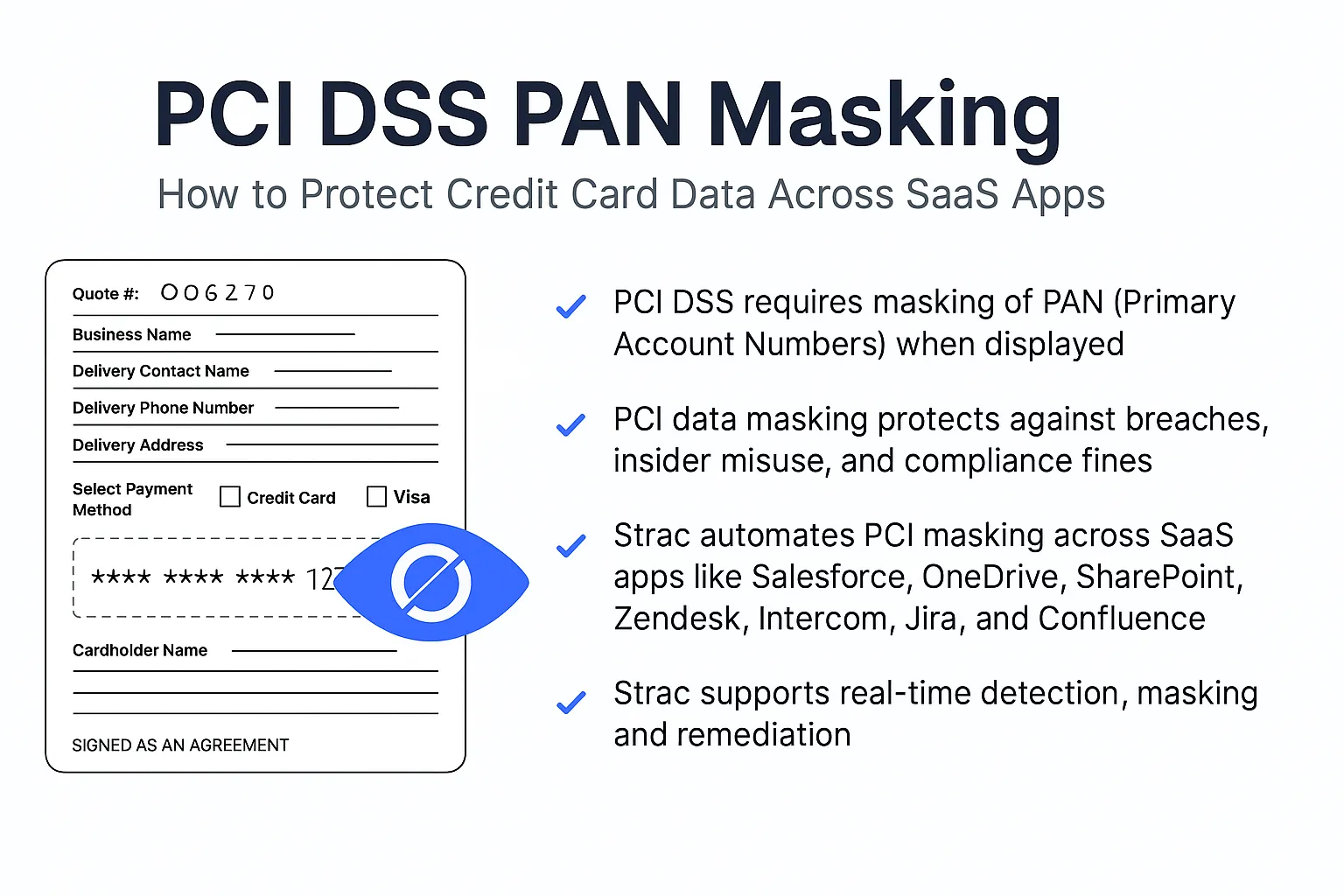
.webp)

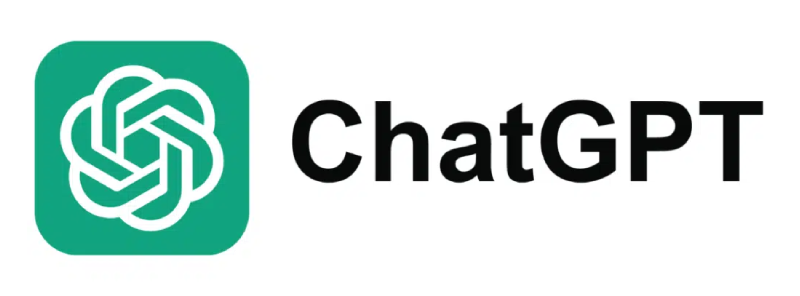
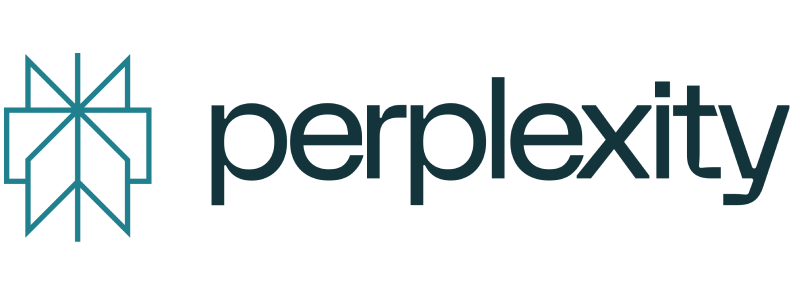




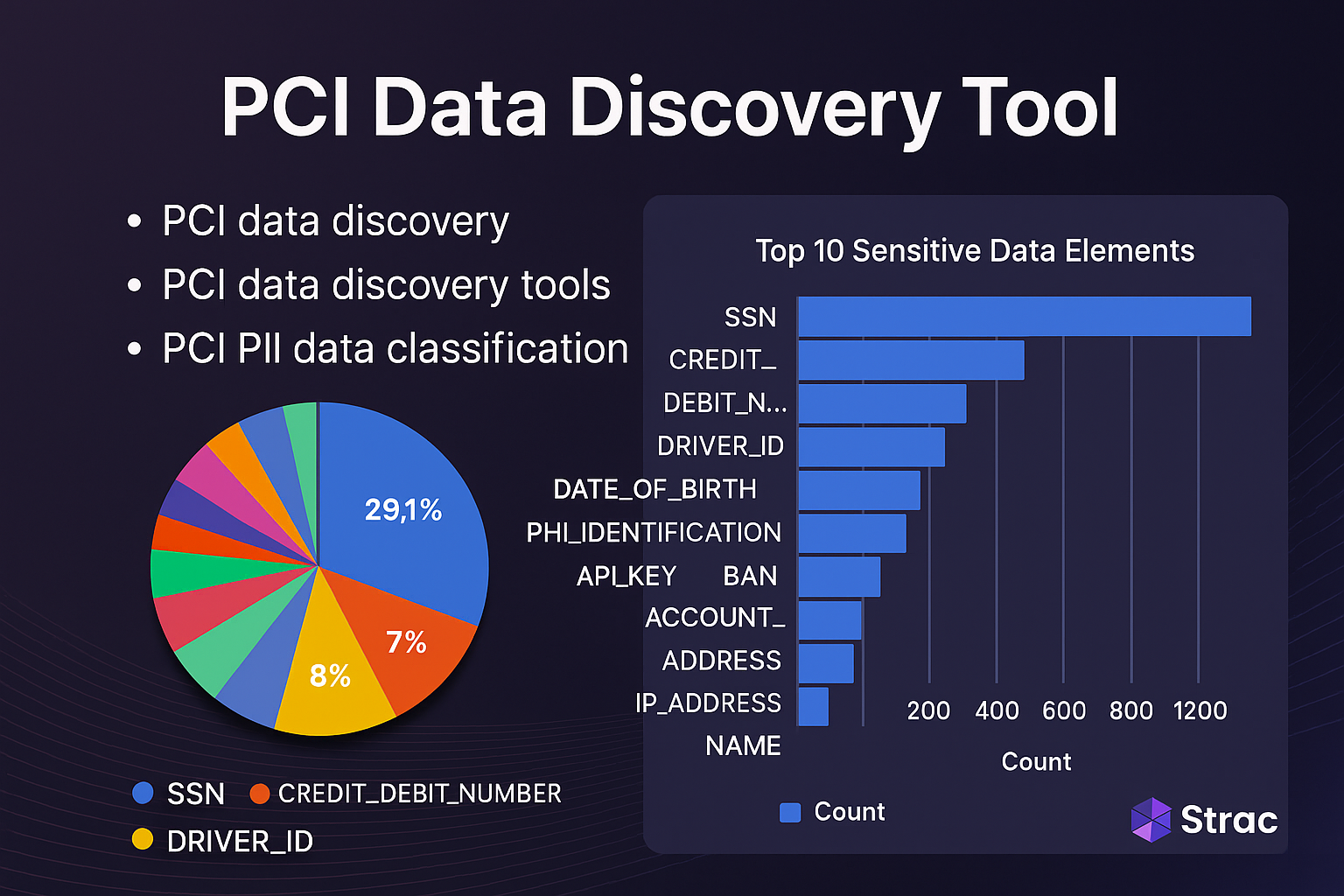
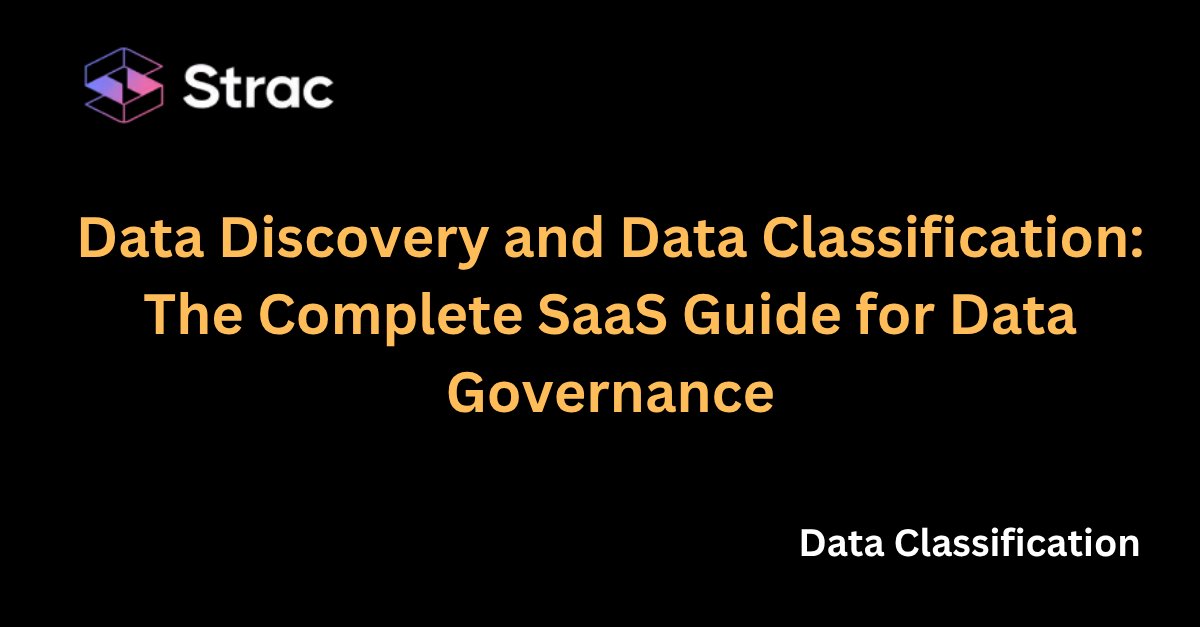

.gif)
